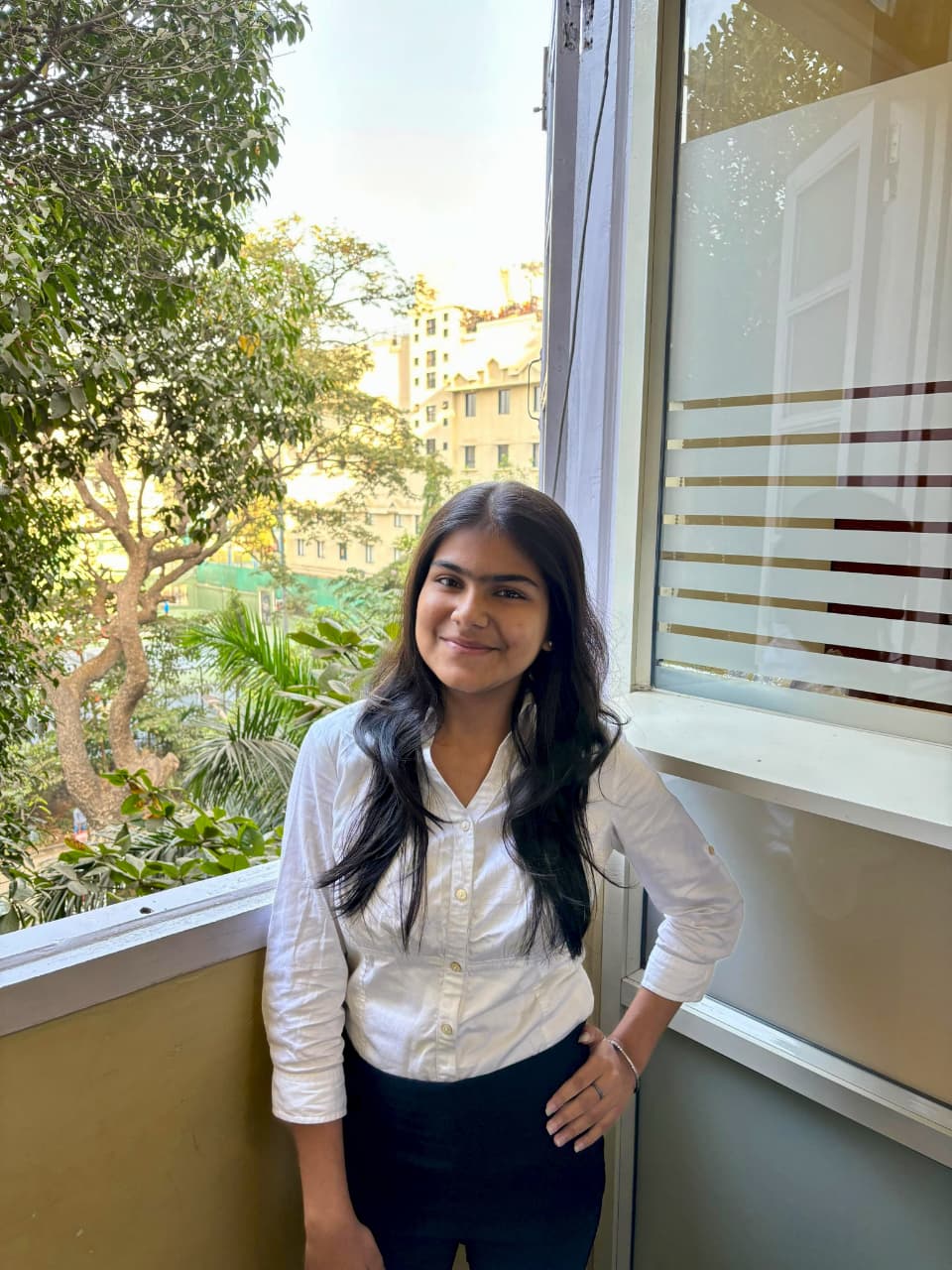Education in India is not simply a privilege, it is a right for every child. Time and again, the government has made efforts to ensure that children with disability have equal learning, growing, and achieving opportunities as other children. From inclusion classrooms to special schemes and policies, India is slowly creating an inclusion, equality, and empowerment for differently-abled people.
Technology and new policy frameworks in education have also made accessibility in schools and colleges much better, allowing students with disability to engage more freely in their learning. This blog will explain what the government is doing for disabled students in India in terms of initiatives, rights, and support systems, so that they are able to access education with dignity and independence.
1.Knowledge of Educational Rights of Disabled Students
Every student should have access to education without being hindered by barriers. Under the Right to Education Act (RTE) and the Rights of Persons with Disabilities Act (RPWD), 2016, it is obligatory for schools and colleges to ensure accessibility and offer special provisions for children with disability.
Some of the Provisions made Under the RPWD Act include:
➣Free and compulsory education for children with a benchmark disability in the age group of 6 to 18 years.
➣Seats to be reserved in higher education institutions.
➣Adequate training and support for teachers to create inclusivity in the classroom.
➣Materials made accessible, including Braille books and use of a sign language interpreter, additional and assistive devices.
For the aim to learn more about the best educational institutes with a commitment to inclusive learning, take a look at this list of universities and colleges in Mumbai.
2.Government Schemes for Disabled Students
2.1.Inclusive Education for Disabled at Secondary Stage (IEDSS)
The purpose of the program is to provide quality education to children w/disability from classes IX to XII and emphasizes the importance of developing an inclusive school environment, and providing not only trained special educators through for-in-service and pre-service teaching programs, but learning equipment and furniture, or the infrastructure that makes school accessible also. To know more visit the Ministry of Education’s IEDSS.
2.2.Assistance to Disabled Persons for Purchase/Fitting of Aids and Appliances (ADIP Scheme)
This program provides the purchase of devices to support the education of students that would facilitate their learning, for example, hearing aids, wheelchairs, Braille kits etc. These types of devices increase access and improve learning outcomes. For specific details regarding the ADIP Scheme visit the official ADIP Scheme.
2.3.Top Class Education Scheme for Students with Disabilities
This policy initiative addresses scholarships to support differently-abled students pursuing higher educational studies through contingent block funding. Eligible students can receive monthly stipends for tuition fees, hostel means, and other help for their educational needs. To know more about eligibility and apply visit MyScheme.
2.4.National Scholarship Portal (NSP)
Another option to find various student with disabilities scholarships is through the National Scholarship Portal where all the schemes can be found under a common platform which would allow for scholarship information under a single portal, which makes the scholarship options easier for students with disabilities.
3.Advocating for Inclusion and Accessibility in Education
India is gradually embracing inclusion in education. This is evident in schools and colleges adopting a more inclusive, barrier-free classroom, providing each learner with equal opportunity.
Various methods to establish an inclusive system include:
➣Government schools embracing ramps, tactile paths, and Braille signage.
➣Special educators in the classrooms to provide positive learning experiences.
➣Digital resources and technological aids for students who have a visual or hearing disability.
➣Awareness campaigns that foster acceptance and reduce stigma.
Institutions are also developing their knowledge through seminars and digital methods of training. For example, if you would like to have a job that is flexible while attending your studies, explore these work-from-home jobs that promote independent living and the growth of skills.
4.Importance of Awareness and Empowerment
Making individuals aware of the rights of individuals with disability is crucial to achieving equity. When students, parents, and teachers understand the importance of inclusion, educational systems activate empathy and collaboration.
Ideas for Promoting Awareness and Empowerment Include:
➣Host disability awareness workshops in schools.
➣Promote leadership roles for students with different abilities.
➣Engage conversations about policies that could promote accessibility standards.
➣Provide emotional well-being and academic support through peer support and counselors.
By embracing this awareness voice, all will be securely positioned to participate equally, thereby making education a process of empowerment and dignity for all.
If you are getting ready for the next step in your own career journey, refer to this friendly-guide to help navigate efforts to crack campus placement interviews that can help plot your journey more clearly.
Frequently Asked Questions
Q1. What main rights exist for students with disabilities in India?
Under the RPWD Act, 2016, students with disabilities are entitled to free and compulsory education until the age of 18, examination accommodations, and accessibility to schools.
Q2. What different types of scholarships are available to students with disabilities?
The government has multiple schemes available, including the Top Class Education Scheme and scholarships available through the National Scholarship Portal, which support tuition, books, and living expenses.
Q3. How does the government promote education inclusion?
The government promotes inclusivity and equal participation by supporting educational policy reforms, teacher training programs, and accessibility features such as ramps, Braille books, and assistive technology.
Q4. Where can all students find information about available disability schemes?
Students, and their families, can have access to verified information related to available schemes and benefits by visiting MyScheme or Department of Empowerment of Persons with Disabilities portals.
Q5. How does raising awareness empower differently-abled students?
By raising awareness, we foster understanding, equality and inclusion. Informing colleagues/teachers/students reduces discrimination and helps differently-able students realize their value while they explore their dreams through education.

.png)